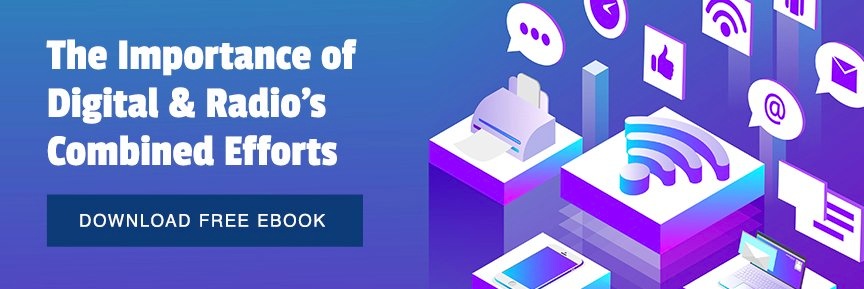You might have heard about OTT, but might not be aware of what it is. Luckily, it’s highly likely that you already have experienced OTT as a consumer.
It’s a huge market — OTT was an $85.16 billion market in 2019 and it’s expected to grow by more than $100 billion by 2025.
OTT means over-the-top because it refers to content streamed to viewers while avoiding (going over the top) of the cable box. Specifically, OTT is streaming services that are sent to a device over the Internet.
Companies that provide OTT include Netflix, Hulu, and YouTube Premium, but they can also be brought into your house by internet-connected devices like a smart TV or a table-top Roku device. OTT isn’t the actual content, though. It’s the means that it’s delivered to users, and OTT ads are only viewable through internet-connected streaming services.
In 2019, Netflix released an estimated 2,769 hours of original movies. Hulu saw an overall binge-watching increase in 2020 up 61% year over year and the number of binge sessions increased by 41%.
ZypMedia found that local advertisers spent 127% more on OTT in 2019 versus 2018. The potential for your ad inventory to appear to digital audiences is growing at a staggering rate. OTT is a new frontier in digital ad inventory, and its potential is limitless.
It’s important to note that OTT is different from local affiliate streaming services. To learn about the difference, read the blog Breaking Down The Difference Between OTT And Local Affiliates by Federated Digital Solutions.


